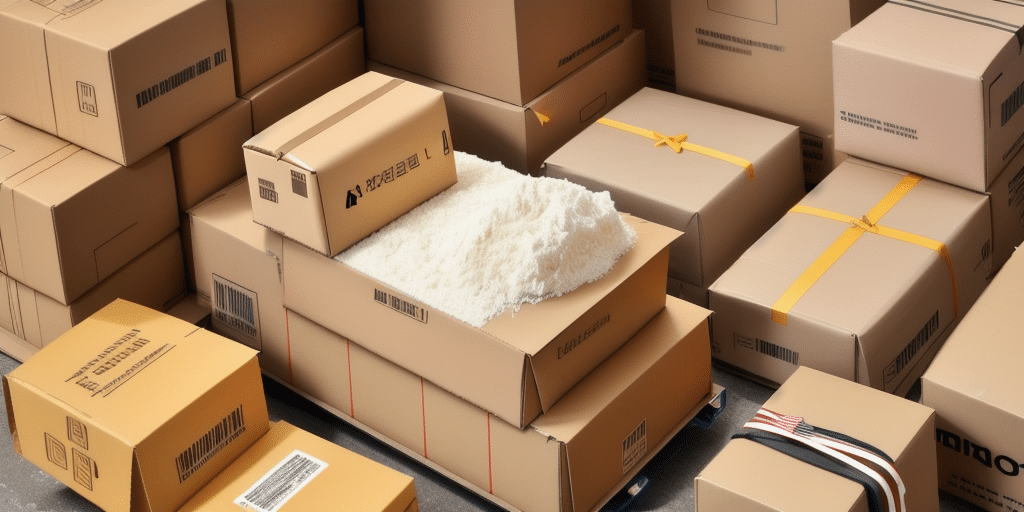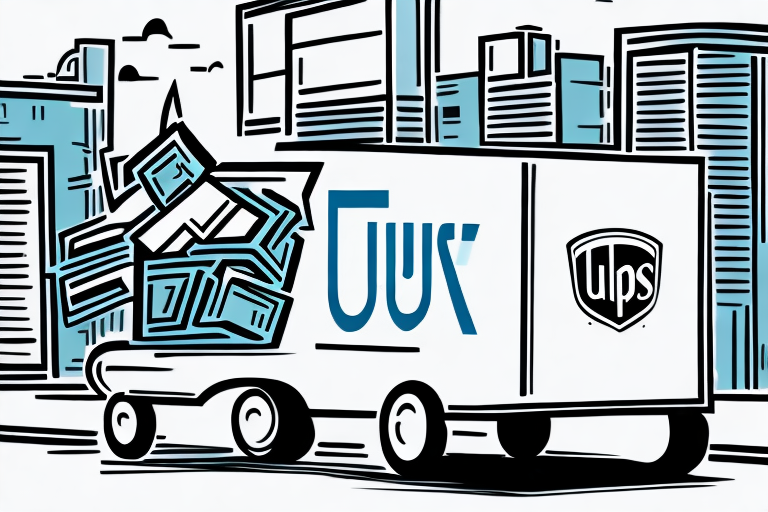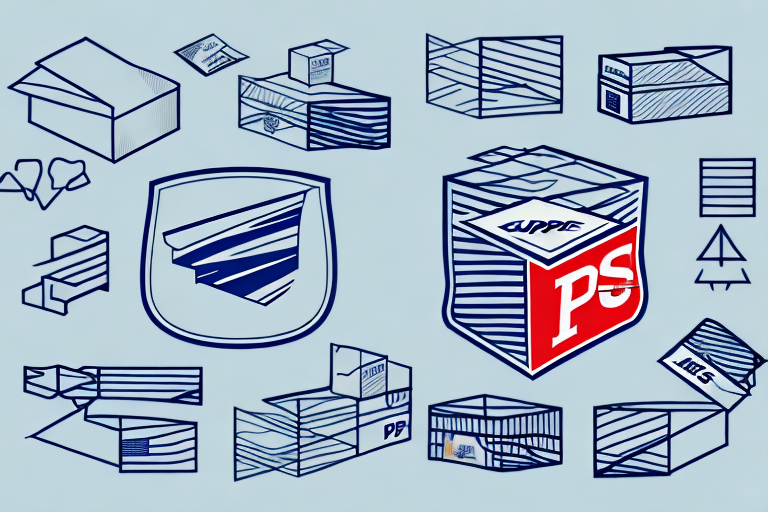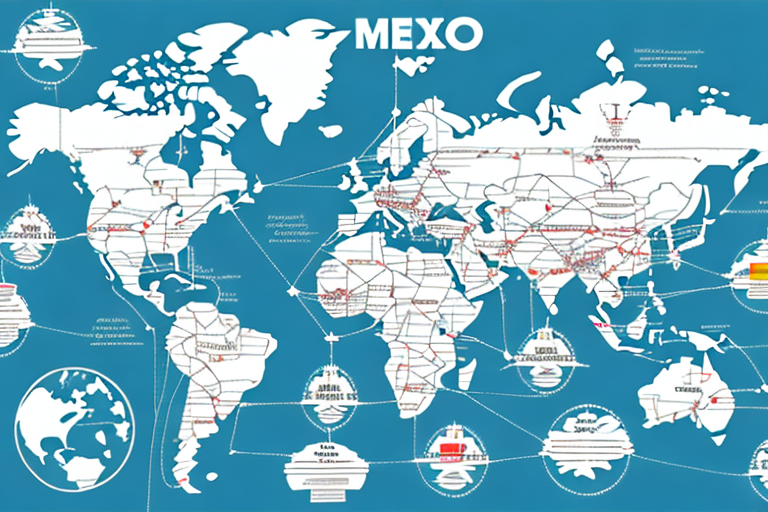Choosing the Right Packing Material for Shipping
Sending items through the mail or shipping them globally requires the appropriate packing materials to ensure items arrive safely. This is particularly crucial for fragile or delicate items and bulky objects, where the risk of damage or breakage is higher. With the myriad of available options, selecting the right packing material can be daunting, as various factors need to be considered.
Key Factors to Consider
Item’s Fragility, Weight, and Dimensions
When selecting packing materials, the item's fragility, weight, and dimensions are paramount. Materials should be robust enough to secure the item and provide ample cushioning against external impacts. Lightweight items may be suitable for bubble wrap or foam sheets, while heavier items might require sturdier materials like corrugated cardboard or wooden crates. Additionally, the dimensions of the item determine the size and shape of the packing material, ensuring a snug fit that minimizes movement without exerting undue pressure.
Mode of Transportation
The mode of transportation significantly influences the choice of packing materials. For instance, air transportation tends to be smoother compared to road transportation, which can be bumpy and rough. Items shipped by road may, therefore, require more cushioning and sturdier packing materials to withstand the increased vibration and impact. It's essential to tailor the packing approach to the specific transportation method to ensure the item's safe arrival.
Types of Packing Materials
Kraft Paper
Kraft paper is a versatile and eco-friendly option ideal for shipping large or irregularly-shaped items. It provides a basic level of protection and is often used in combination with other materials for added security.
Bubble Wrap
Bubble wrap is lightweight and offers excellent shock absorption, making it suitable for protecting delicate items. However, it is not environmentally friendly and can be challenging to recycle.
Foam Sheets
Foam sheets provide superior protection against shocks and are particularly useful for safeguarding fragile surfaces like glassware and electronics. They are more expensive than bubble wrap but offer better durability.
Packing Peanuts and Air Pillows
Packing peanuts are excellent for filling gaps in boxes, offering additional cushioning. Air pillows are lightweight and can be adjusted to fit various box sizes, providing versatility in packaging.
Biodegradable Alternatives
Biodegradable packing peanuts made from natural materials like cornstarch are gaining popularity as eco-friendly alternatives. They dissolve in water and minimize environmental impact while still providing effective cushioning.
Pros and Cons of Packing Materials
- Kraft Paper: Eco-friendly and reusable but limited in impact absorption.
- Bubble Wrap: Lightweight and shock-absorbing but not recyclable.
- Foam Sheets: Superior protection but more costly.
- Packing Peanuts: Lightweight and effective for filling gaps but less eco-friendly.
- Air Pillows: Versatile and adjustable but less effective for fragile items.
- Biodegradable Peanuts: Environmentally friendly but might offer less cushioning and come at a higher cost.
When selecting packing materials, it's essential to weigh these pros and cons against your specific shipping needs and environmental considerations.
Environmental Considerations
There is a growing emphasis on using eco-friendly and biodegradable packing materials to reduce environmental impact. Options such as plant-based materials, molded fiber, and recycled content packaging not only minimize waste but can also be cost-effective. According to a EPA report, sustainable packaging can significantly reduce the carbon footprint associated with shipping.
Best Practices for Preparing Items for Shipping
Proper Packing Techniques
Ensuring items are clean, correctly packed, and secured with sufficient packing materials is crucial for safe transit. For fragile items, practices such as double boxing and using extra cushioning can provide additional protection.
Labeling and Documentation
Clearly labeling packages with the recipient's address, your return address, and any special handling instructions ensures correct delivery and appropriate handling. Including documentation like a packing slip and a summary of contents is also vital for compliance and tracking.
For more information on proper labeling techniques, refer to the USPS guidelines.
Common Mistakes to Avoid
- Using incorrect size or type of padding, leading to item damage.
- Packing too loosely or over-padding, which can cause shifting or increased shipping costs.
- Failing to securely seal boxes, resulting in opened packages during transit.
By avoiding these common mistakes, you can enhance the safety and efficiency of your shipping process.
Innovations in Shipping Materials
The shipping industry is continuously evolving with innovations aimed at improving safety and efficiency. Recent advancements include plant-based packing materials, biodegradable and compostable options, and shock-resistant materials designed to protect against impacts during transport. These innovations not only enhance protection but also contribute to sustainability efforts.
For example, innovative sustainable materials are gaining traction, offering both protective qualities and environmental benefits.
Budget-Friendly Alternatives
For small businesses or startups, the cost of traditional packing materials can be significant. Budget-friendly alternatives include:
- Using old newspapers or magazines as packing material.
- Reusing packing materials from previous shipments.
- Participating in packing material recycling programs to reduce costs.
Additionally, biodegradable or compostable materials like cornstarch packing peanuts and mushroom packaging offer sustainable solutions, though they may come at a slightly higher cost.
Disposing of Used Packing Materials
Proper disposal of packing materials is essential for environmental preservation. Most packing materials are recyclable and should be disposed of according to local regulations. For example, foam sheets are typically recycled through municipal programs, while bubble wrap can often be returned to grocery stores for recycling.
Reusing packing materials is another effective way to minimize waste. Save packing peanuts for future shipments or donate them to local shipping stores. Cardboard boxes can be flattened for storage or donated to moving companies. It's important to note that materials like Styrofoam cannot be recycled and should be disposed of in the trash. Hazardous materials, such as batteries or electronics, require specialized disposal programs to prevent environmental harm.
Packaging Materials for Specific Items
Fragile Items
Fragile items require extra cushioning and often benefit from double boxing. Use multiple layers of bubble wrap or foam padding to protect delicate surfaces.
Liquids
Liquids should be packed in sturdy, unbreakable containers and secured with padding materials to prevent spills and damage during transit.
Electronics
Electronic items should be packed separately with a focus on protecting screens and other sensitive components. Anti-static bubble wrap and foam inserts can provide additional protection against shocks and static electricity.
Choosing the Right Supplier
Selecting the right supplier for packing materials is crucial for quality and cost-effectiveness. Compare different brands and suppliers based on price, material quality, eco-friendliness, and customer reviews. Reliable suppliers will offer a range of materials to suit various shipping needs and budgets.
For a comprehensive comparison of packing material suppliers, refer to resources like Packaging Digest.
Conclusion
Choosing the right packing material is critical to ensure that items are delivered safely and in good condition. By considering factors such as the item's weight, size, fragility, and the mode of transportation, you can select the most appropriate packing material that meets your shipping needs and budget while also being mindful of environmental impacts.








